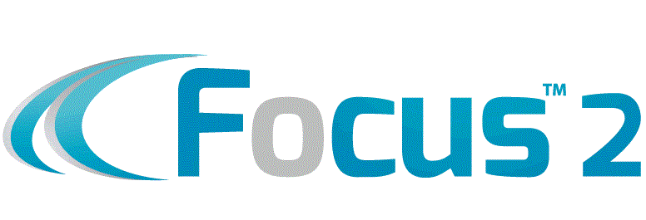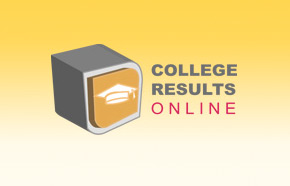Private student loans tougher to find
"PRIVATE STUDENT LOANS TOUGHER TO FIND" by Sandra Block, USA Today
Your child will be a college freshman this year, and you're a little apprehensive.
Will she pass Econ 101? Eat her vegetables? Come home for Thanksgiving with an
anarchist boyfriend and a full body tattoo?
For some parents, though, such worries are eclipsed by a more immediate concern:
paying the bill for the coming semester.
In recent months, several large lenders have stopped providing private student loans,
stranding families that were counting on private loans to cover some of their costs.
Last week, Education Finance Partners, the fourth-largest private lender, announced
on its website that it had ceased operations. Borrowers who had been approved for
loans from the company have been forced to look elsewhere for money.
Earlier this month, Wachovia stopped accepting applications from undergraduates for
private student loans. In late July, the Massachusetts Educational Financing Authority,
the largest provider of student loans to Massachusetts residents, suspended its private
loan program. The lenders said the credit crunch has prevented them from raising capital
to issue private loans.
Though some lenders are still offering private student loans, "The list is shrinking,"
says Kevin Walker, chief executive of SimpleTuition, a website that allows borrowers to
compare loan rates. Last year, he says, SimpleTuition featured 77 lenders on its website;
now, it has only 16.
Even at this late date, though, families have options. If your lender has left you high
and dry, here's what you should do:
* Contact the school's financial aid office. Financial aid administrators can help you find
other sources of funding, including private lenders that are continuing to make loans, says
Jerry Cebrzynski, financial aid director for Lake Forest College in Lake Forest, Ill. And if
you're up against a payment deadline, most schools will give you a few more weeks, he says.
* Make sure you've maxed out on your federal student loans. Unsubsidized federal Stafford
loans carry a fixed rate of 6.8% and have more flexible repayment terms than private student
loans. This year, freshmen will be allowed to borrow up to $5,500 in federal student loans,
up from $3,500 last year.
Unsubsidized Stafford loans are available to all full-time students, regardless of income.
But to qualify, you must file a Free Application for Federal Student Aid, or FAFSA. If you
haven't filed a FAFSA, you can speed up the process by applying online, says Kalman Chany,
author of Paying for College Without Going Broke. For more information, go to www.fafsa.ed.gov
There are two types of Stafford loans: Direct Loans, which the government offers directly to
schools that participate in the direct lending program, and Federal Family Education Loans,
which private lenders offer and which the government guarantees. Before applying for a FFEL
loan with a lender, make sure the lender offers federal loans for your child's school, Chany
says. Though federal loans remain widely available, some lenders have stopped providing loans
at specific schools.
* If Stafford loans won't cover all your costs, consider applying for a Parent Loan for
Undergraduate Students, or PLUS loan. Parents can borrow up to the amount of college costs, minus
any financial aid the student has received. PLUS loans carry a fixed rate of 8.5%. That's a lower
rate than you can get on many private loans.
Yet while loans taken out by parents account for 16% of the average family's college costs, only
about 5% of them are PLUS loans, according to a survey released last week by student lender Sallie Mae.
In the past, many parents opted for private loans because most private lenders let borrowers defer
payments until after the child graduated. By contrast, PLUS loan borrowers were required to start
making payments 60 days after the loan was disbursed unless they could show financial hardship.
Starting July 1, though, PLUS loan borrowers have the option of deferring payments until six months
after the child graduates. Deferral isn't automatic, Chany says. Borrowers must request it. And
interest will continue to accrue on the loan while it's in deferral.
* Sign up for a payment plan. If you're suffering from a temporary cash crunch, a tuition payment
plan will give you some breathing room. Typically, you arrange to make monthly payments instead
of paying a lump sum at the start of the semester.
You won't have to pay interest, though you might be required to pay an administrative fee, usually
about $50. You can get more information from your school's financial aid office.
Sandra Block covers personal finance for USA TODAY.





